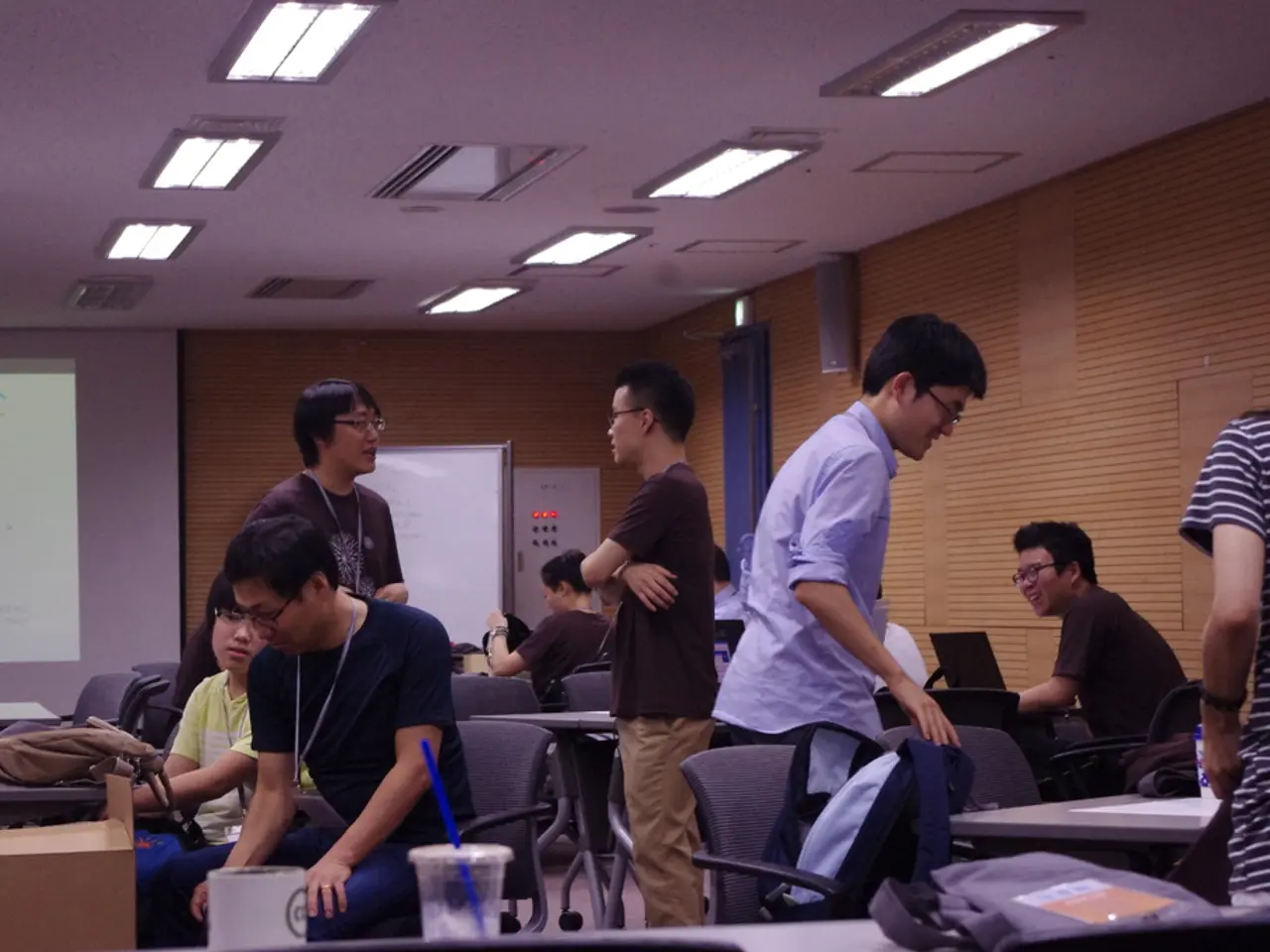Transforming Conventional Learning Spaces into Digital Educational Settings
==============================================================================
In the modern world, the landscape of education has undergone a significant transformation, largely due to the advent of technology and learning management systems like Canvas and Moodle. These platforms provide a centralized hub for assignments, discussions, and course materials, making education more accessible and efficient.
The rise of the internet has further propelled this evolution, enabling virtual learning to become a vital aspect of the educational system. Children, even those living in remote areas or those with mobility issues, can now access education without the need for physical presence in a classroom.
One of the key advantages of virtual learning is its flexibility. Students can access learning materials and attend classes anytime and anywhere, making it easier to balance education with other life responsibilities. This flexibility covers where and when students learn—from home, during travel, or at night—and accommodates live or asynchronous sessions.
Another significant advantage is accessibility. Students from diverse geographic locations and socioeconomic backgrounds can now access the same quality education without the need to relocate or commute, broadening educational opportunities for those who might otherwise be limited.
Virtual education also tends to be more affordable. It reduces costs related to transportation, accommodation, meals, and physical infrastructure. Educational resources are often available online, further reducing expenses associated with traditional schooling.
Virtual learning offers a personalized learning experience, catering to individual student needs, learning styles, and paces. Features like automated accommodations, personalized assignments, and adaptive tools improve learning efficacy.
Interactivity and engagement are also enhanced in a virtual learning environment. Online education makes use of innovative tools such as gamification, AI, augmented reality, and virtual collaboration to promote active engagement, concentration, and teamwork amongst students, potentially more than traditional formats.
Virtual learning helps reduce discrimination related to gender, socioeconomic status, or geography, fostering greater equity in education access and participation. It also supports communication and collaboration through digital forums, chats, and group work, enabling peer interaction and teacher-student connections.
In summary, virtual learning offers a more adaptable, accessible, and often more affordable alternative to traditional classroom education, with expanded opportunities for personalized and engaging learning experiences. It never fails to offer flexibility to students, allowing them to access learning materials at their convenience. Furthermore, virtual learning fosters the development of information literacy, independence, and digital skills in students.
Various virtual learning platforms and tools have unique functionalities and characteristics, each offering a distinct approach to education. As technology continues to advance, it is expected that virtual learning will continue to play an increasingly important role in the educational system.
[1] [Education Week] (https://www.edweek.org/leadership/virtual-learning/virtual-learning-offers-flexibility-accessibility-and-affordability/2020/08)
[2] [Forbes] (https://www.forbes.com/sites/forbestechcouncil/2019/05/24/the-advantages-of-virtual-learning-for-students/?sh=5d3e0c792a23)
[3] [TechCrunch] (https://techcrunch.com/2020/05/20/why-virtual-learning-is-a-game-changer-for-education/)
[4] [The Guardian] (https://www.theguardian.com/education/2020/apr/16/why-virtual-learning-is-good-for-students-and-teachers-during-coronavirus-lockdown)
- Incorporating mindfulness practices into virtual learning environments can contribute to students' overall well-being, as technology-enabled platforms offer opportunities for integrating self-awareness and stress management techniques into the educational process.
- As technology continues to advance, forecasts suggest the development of AI-powered educational tools will be crucial in the future of education-and-self-development, offering personalized, adaptive learning experiences tailored to each student's unique needs and learning styles.




